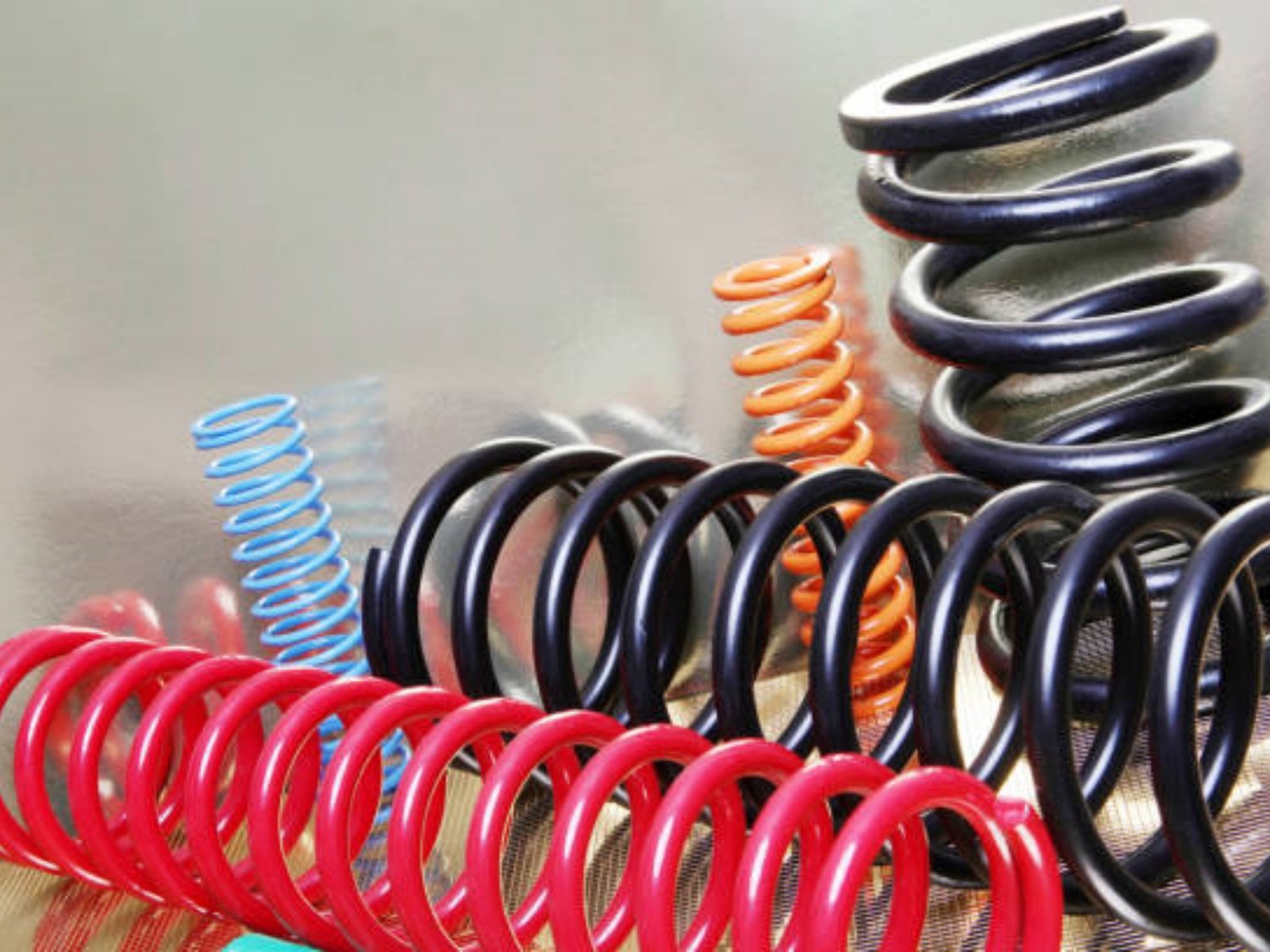Understanding the Function and Benefits of Torsion Spring on Garage Door
Garage doors are one of the most important parts of any residential or commercial property, providing a secure and convenient way to access your car or other belongings. One of the key components of a garage door is the torsion spring, which helps to counterbalance the weight of the door and ensure smooth and efficient operation. In this article, we will take a closer look at what torsion spring on garage door is and why it is so essential for the proper functioning of garage doors.
what is torsion spring on garage door?
A torsion spring is a type of spring that is primarily used in horizontally oriented garage doors. The spring is installed above the garage door, typically along a metal rod called a shaft, which also holds the drums, cables, and other essential hardware. When the door is lowered, the torsion spring winds up tightly. When the door is raised, the spring releases its energy, which helps to lift the door and counterbalance its weight.
How Torsion Spring Works on Garage Door
As mentioned, torsion springs work by winding and unwinding as the door is opened and closed. The spring is designed to store mechanical energy when it is wound up, and then release that energy when the door is lifted. This allows the torsion spring to provide the force necessary to lift the heavy door without requiring too much manual effort. The size and strength of the torsion spring will depend on the size and weight of the garage door it needs to support.
The Benefits of Torsion Spring on Garage Door
Torsion springs provide several benefits for garage doors, including:
- Efficient operation: Torsion springs make it easy to open and close the garage door, requiring less effort than other types of springs.
- Long-lasting performance: Torsion springs are designed to last longer than their counterparts, providing reliable performance for many years.
- Safety: Torsion springs are mounted above the door, reducing the risk of injury from flying debris or broken parts.
Types of Torsion Spring on Garage Door
There are two types of torsion springs used in garage doors:
- Standard torsion springs: These are the most common type of torsion springs and are used in most residential garage doors.
- High-cycle torsion springs: These springs are designed for commercial and industrial garage doors, which need to be opened and closed frequently throughout the day.
Signs of a Failing Torsion Spring on Garage Door
A failed torsion spring can cause serious problems for garage doors, including difficulty opening or closing, excessive noise, and uneven movement. Some signs of a failing torsion spring include:
- Visible damage or wear on the spring
- Excessive rust or corrosion
- Sagging or uneven movement of the door
- Loud creaking or grinding noises when opening or closing the door
Replacing Torsion Springs on Garage Door
If you suspect that your torsion spring is failing, it is crucial to have it inspected and replaced by a professional garage door technician. Attempting to replace the spring yourself can be dangerous and may lead to serious injury or damage to the door. Professional technicians have the knowledge and experience necessary to safely and efficiently replace damaged torsion springs and ensure that your garage door is working properly.
Conclusion
Torsion springs are an essential component of any garage door, providing the force necessary to counterbalance the weight of the door and ensure smooth and efficient operation. By understanding what torsion spring on garage door is and how it works, property owners can help to ensure that their garage doors are functioning correctly and safely for years to come.

